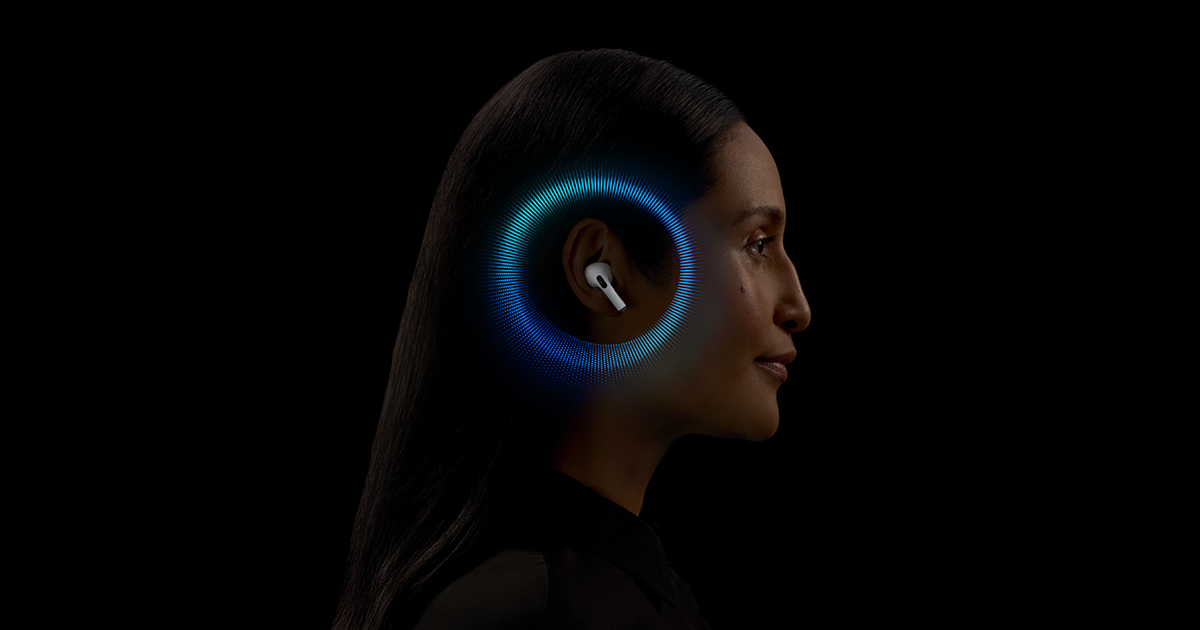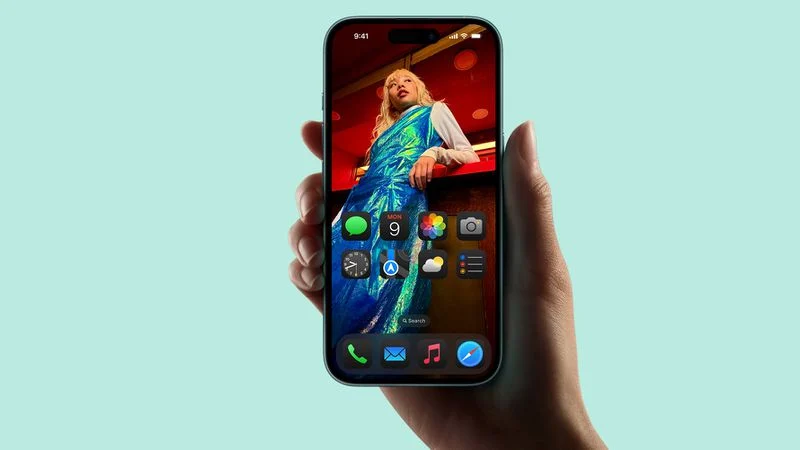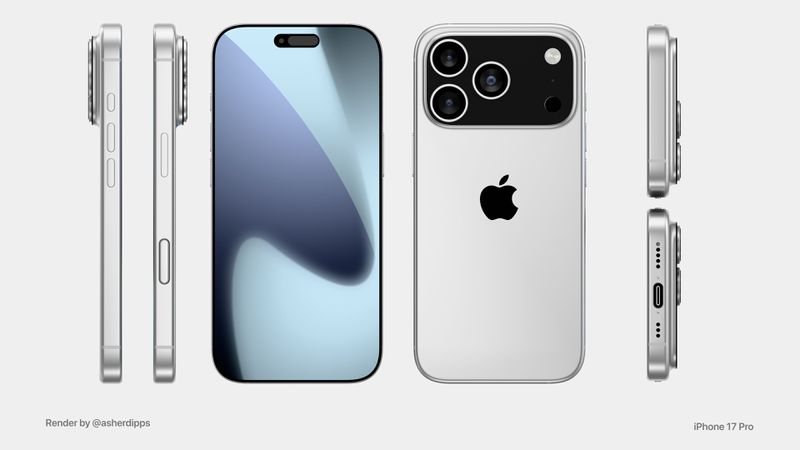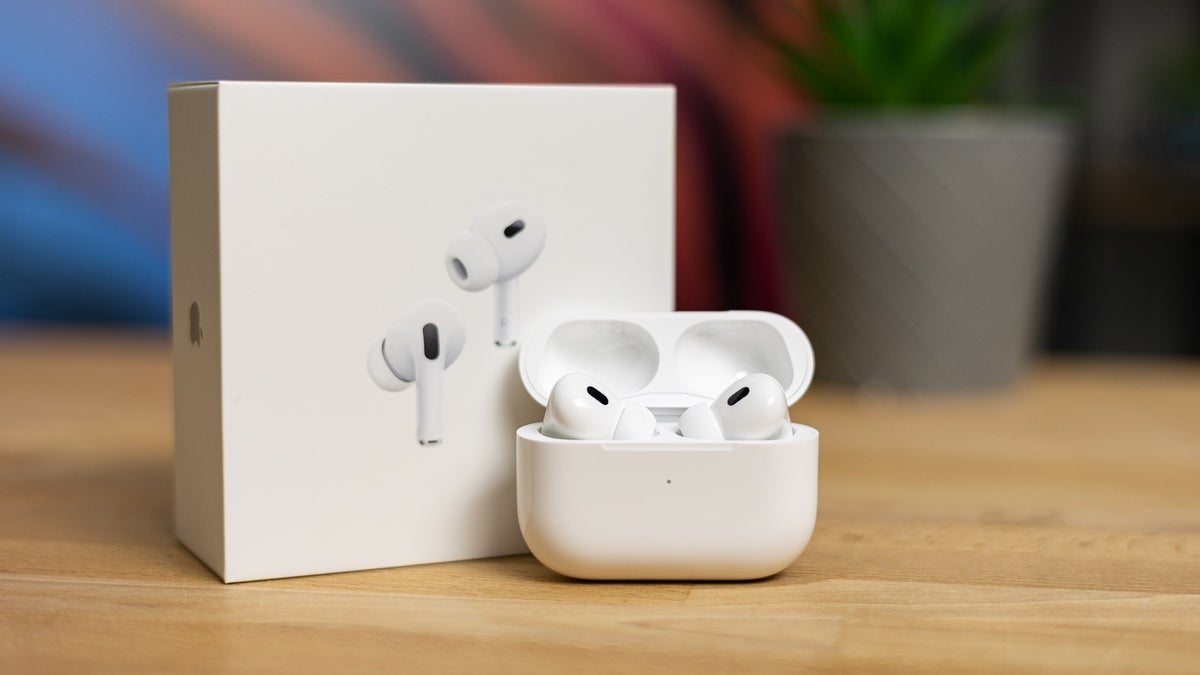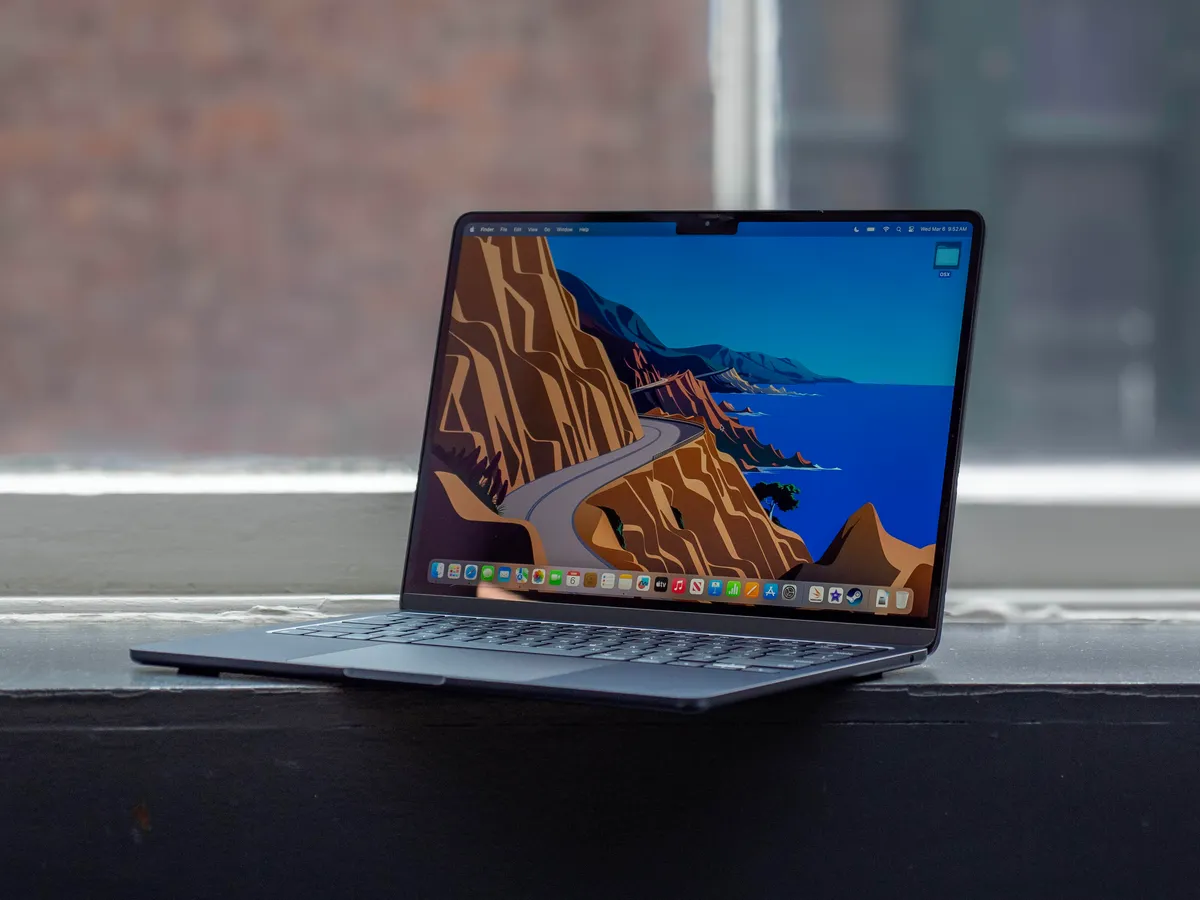Apple is working on some exciting updates for its future devices. One big change could come in 2027, when Apple might launch a new iPhone model called the “iPhone Air.” This phone could be the first to use a special OLED screen technology called “OLED on Silicon.”
This new type of screen is expected to be thinner and lighter than current displays, which could help make the iPhone Air slimmer and easier to hold. The new screen might also offer better picture quality, making photos and videos look even clearer and more colorful.
Along with new hardware, Apple is also improving its software. The company has introduced a new Transcription API for developers. This tool lets apps turn speech into text much faster than before. Apple says its new system is up to 30 times quicker than Whisper, a popular speech-to-text tool from OpenAI.
This means users will be able to get voice notes, captions, and other transcriptions almost instantly, making it easier to use voice features in different apps. Both of these updates show that Apple is focused on making its devices more advanced and user-friendly. With better screens and faster voice recognition, future iPhones and apps could be even more enjoyable and helpful to use.

